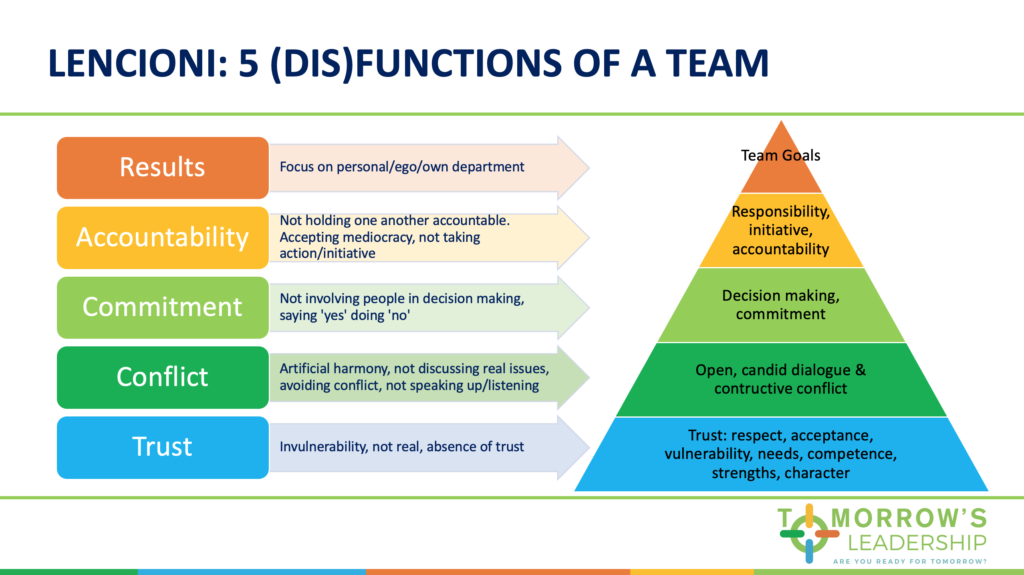


In so doing, team leaders create an environment that recognises without punishing vulnerability. Encourage the leader to “go first”, to demonstrate vulnerability in a way that is authentic.Use a personality and behavioral-preference profiler such as the Myers-Briggs Type Indicator (MBTI) to increase personal self-awareness and understanding of the impact each has on others.As part of this exercise, ask each team member to identify the single most important contribution that each of their fellow team-members makes to the team, and the one area in which they must personally improve or eliminate for the good of the team. Organise a team-effectiveness exercise.However, by taking a focused approach, a team can accelerate the process towards high team performance. Unfortunately, trust cannot be achieved overnight.įor trust to develop the team must invest in shared experiences and an in-depth understanding of the unique strengths and weaknesses of each team members. Vulnerabilities include weaknesses, skill deficiencies, mistakes and personal recognition of the need for help. This in turn requires team members to be confident that their respective vulnerabilities will not be used against them. How does a team go about building trust? The kind of trust that is characteristic of a great team requires team members to make themselves vulnerable to one another. Lencioni outlines a powerful model and practical actionable steps that can be used to overcome these common hurdles and build cohesive, effective teams. (1) absence of trust, (2) fear of conflict, (3) lack of commitment, (4) avoidance of accountability and (5) inattention to results. These five factors, which if we are honest we have seen at times in our different teams, are I mentioned a list of five behaviours that left uncorrected lead to team under-performance. In my previous article, I shared “The Five Dysfunctions of a Team” by renowned author Patrick Lencioni.


 0 kommentar(er)
0 kommentar(er)
